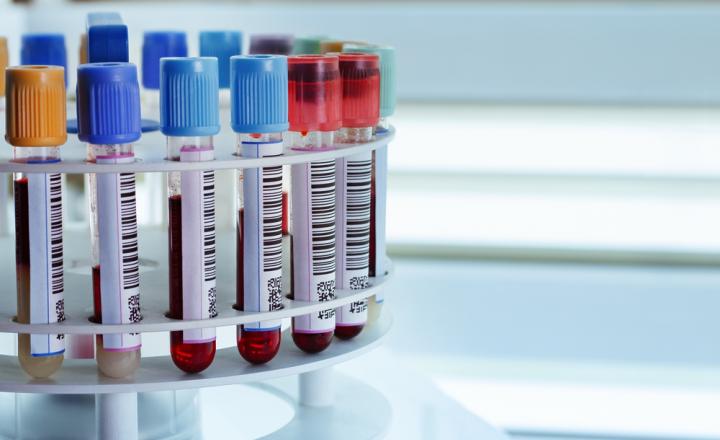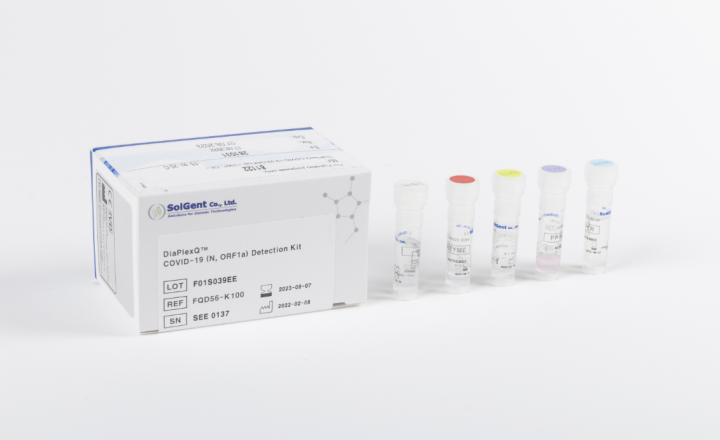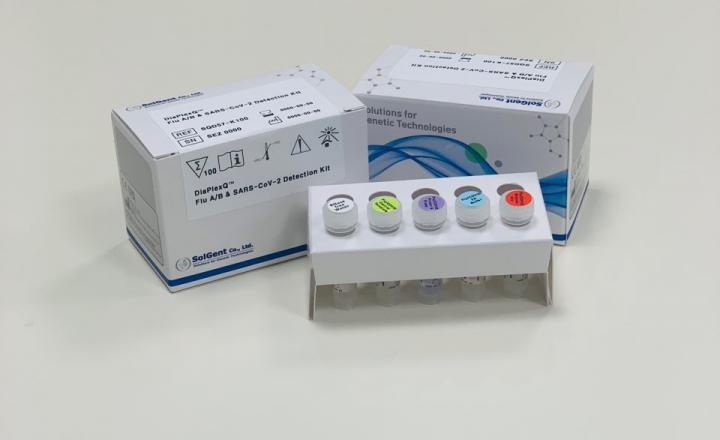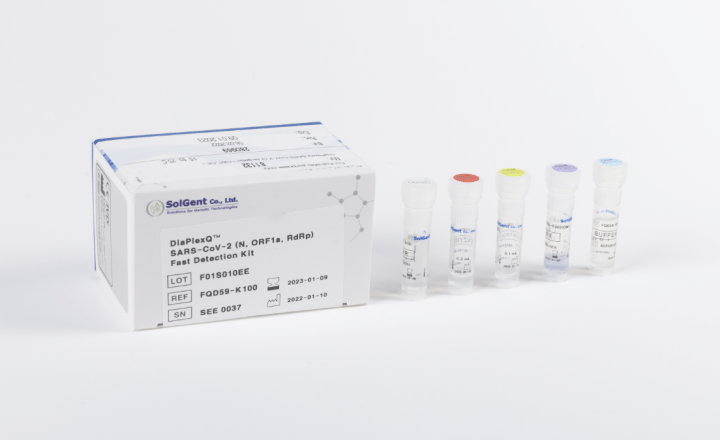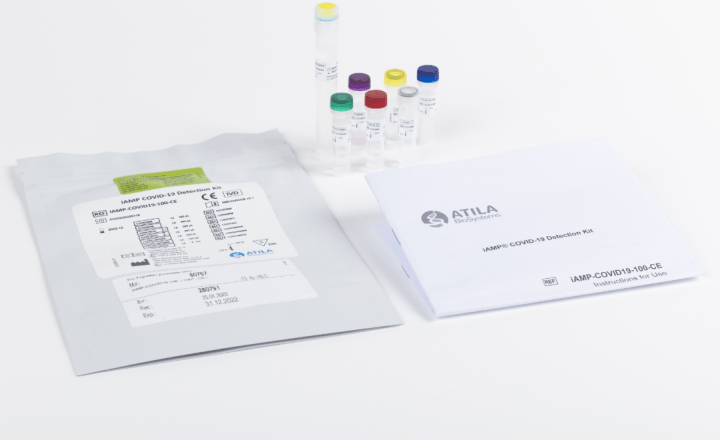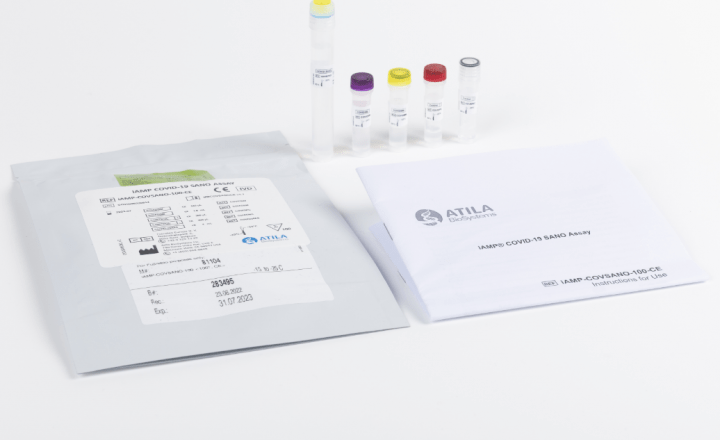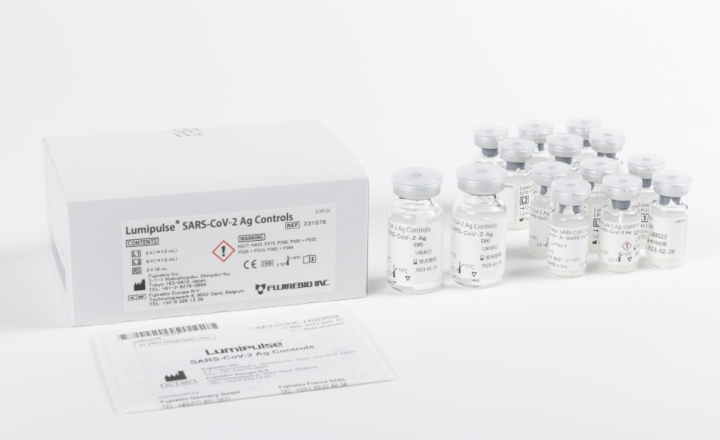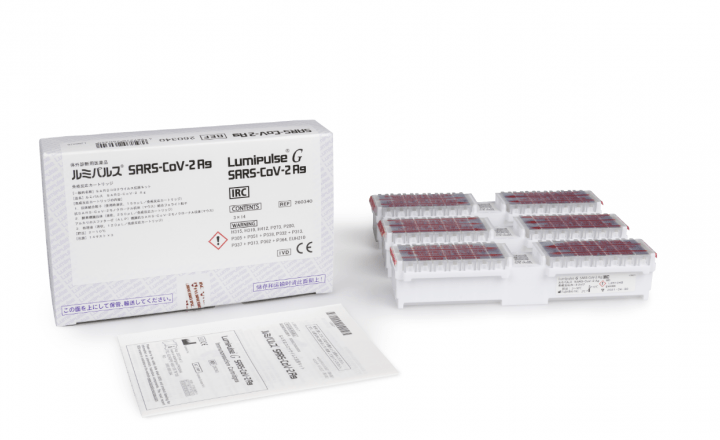KL-6 in disease prognosis
By Dr. Sandra Langer, Fujirebio
Previous posts in this series:
- KL-6 in Lung Diseases: Current classification of interstitial lung diseases
- ILD diagnosis – current professional practice
- Use of serum biomarkers in progressive fibrosing ILDs
Don't miss the upcoming related Insight articles over the next weeks and get deeper information on the value of measuring KL-6 in the field of lung diseases. Or simply download the complete guidance document right away, following this link (requires a Premium eServices account).
- You will find more resources about ILDs and the KL-6 biomarker in our dedicated microsite at www.fujirebio.com/kl-6 (opens in a new window).
Clinical cut-off values for identification and prognosis
- A clinical cut-off value of 500 U/mL has been established for distinguishing patients with ILDs from healthy subjects and patients with lung diseases other than ILDs.
- Disease progression is significantly faster in patients with ILDs with KL-6/MUC1 > 1000 U/mL at initial measurement.
- Patients with IPF with initial KL-6 >1000 U/ml have a poor prognosis and higher risk of acute exacerbation.
Recent research has shown that serum and bronchoalveolar lavage fluid level of KL-6 has an important value in the diagnosis, treatment assessment and prognosis prediction. It has been demonstrated that KL-6 level has a negative correlation with DLCO, which is consistent with the previous studies. Bonella et al. reported that serum KL-6 level was increased in 33 cases of pulmonary alveolar proteinosis; the increase of KL-6 was also positively correlated with pulmonary function markers. Higher serum KL-6 levels were associated with worse pulmonary function in these patients. Staples et al. found that CT scan scores correlated significantly with clinical and functional severity of interstitial disease. It has been proven that HRCT scores in IPF patients were independently predictive of mortality. Quantification of the morphologic extent of disease on HRCT has, however, remained difficult to incorporate into routine practice, mainly because of costs and radiation-exposure limit repeatability over time. To the best of our knowledge, the present study is the first one which proved that serum KL-6 level has a positive correlation with the HRCT score in patients with ILD, indicating that KL-6 might be a valuable marker for assessment of the extent of ILD. KL-6 analysis could greatly reduce the risk of X-ray exposure and is much easier and more acceptable for patients, when used to monitor the therapeutic effect and disease severity.5
A clinical cut-off value of 500 U/mL has been established for distinguishing patients with ILDs from healthy subjects and patients with lung diseases other than ILDs whereas elevated serum KL-6/MUC1 (KL-6/MUC1 levels >1000 U/mL) in IPF patients at the initial visit were associated with increased mortality. Satoh et al. also reported that the progression of the disease was significantly faster in patients with ILDs whose KL-6/MUC1 levels were 1000 U/mL or more at the initial measurement than in patients whose KL-6/MUC1 levels were less than 1000 U/mL.1
It has been shown that patients with IPF with initial KL-6 >1000 U/ml have a poor prognosis, and this was confirmed by case studies. Compared to patients with initial KL-6 <1000U/ml, those with initial KL-6 >1000 U/ ml tended to have a higher frequency of acute exacerbation, although there was no significant difference in the yearly decline of ΔFVC and % ΔFVC between those 2 groups. In 2014 Oshimo et al. reported that the frequency of acute exacerbation was high among cases with high initial KL-6 levels [4]. Thus, acute exacerbation may be highly associated to the poor prognosis of patients with initial KL-6 >1000 U/ml. These findings suggest that assessing initial serum KL-6 levels, which can predict acute exacerbation, and patterns of serial changes in serum KL-6 levels, which correlate to disease progression, could be useful for assessing the prognosis of IPF. Patients with both initial KL-6 <1000 U/ml and no serial increase in KL-6 (i.e., the non-increased KL-6 group) had a better prognosis than those with serum KL-6 >1000 U/ml or the increased KL-6 group with initial KL-6 <1000 U/ml. Although initial KL-6 <1000 U/ml is considered associated with a good prognosis, our findings suggest that changes over time in serum KL-6 levels can be even more strongly associated with poor prognosis than low initial levels.6
KL-6 as risk parameter for ILD in CTD/autoimmune patients
- In connective tissue diseases, Krebs von den Lungen-6 (KL-6) is sensitive for ILD detection and activity assessment.
- Serum KL-6 levels were increased in patients with CTD-ILD and have a positive correlation with ILD severity.
- Serum KL-6 levels have a negative correlation with PFT parameter.
The main pathogenesis is aberrant recovery of epithelial injury and collagen deposition. Fibrotic nonspecific interstitial pneumonia, connective tissue disease (CTD) especially rheumatoid arthritis (RA) associated ILD, and chronic hypersensitivity pneumonia (CHP) are important differential diagnosis. Main symptoms are non-productive cough and progressive exertional dyspnea. Crucial physical findings are scalene muscle hypertrophy, bibasilar fine crackles, and finger clubbing. The serum markers such as lactate dehydrogenase (LDH) and KL-6 are sensitive for ILD detection and activity assessment.2
The authors of a retrospective study, comparing groups of patients with CTD with and without ILD, and performing a correlation with functional parameters as well as with a semiquantitative CT grading conclude that Serum KL-6 could be a clinically useful biomarker in screening and evaluating CTD-ILD. As the results showed that serum KL-6 levels were increased in patients with CTD-ILD and had a positive correlation with ILD severity as measured using a semiquantitative CT grading scale, whereas serum KL-6 levels had a negative correlation with PFT parameters.3
KL-6 may have a substantial role for evaluating ILD among CTD patients. Evaluation of ILD through regular chest HRCT for patients with SSc or IM can be justified because of the relatively high prevalence and potential life-threatening course in this patient population. However, for other CTDs, such as RA, SS, and SLE, established epidemiological data, including the incidence, prevalence, and outcome of ILDs, are lacking; therefore, regular chest HRCT for patients with these CTDs is not currently recommended. Considering cost-effectiveness and radiation hazard, KL-6 measurement by simple blood test would be a good alternative to chest HRCT for evaluating the current status of ILD in rheumatology clinics regardless of the CTD type.3
KL-6 has been approved by Japan’s Health Insurance Program as a diagnostic marker for ILDs since 1999, and KL-6 levels are examined in more than 2,000,000 samples per year in Japan.1

FIGURE 3 (from Lee2019): Association between serum KL-6 level and
A: FVC% or
B: DLCO% of patients with ILD. DLCO%, diffusing capacity of carbon monoxide % predicted; FVC%, forced vital capacity % predicted; ILD, interstitial lung disease
C: Serum KL-6 levels of ILD patients according to semiquantitative CT grades. CT, computed tomography; grade 1, 0–25% involvement of ILD on chest CT; grade 2, 26–50%; grade 3, 51–75%; grade 4, 76–100%
References
- Ishikawa, Nobuhisa, et al. "Utility of KL-6/MUC1 in the clinical management of interstitial lung diseases." Respiratory investigation 50.1 (2012): 3-13.
- Kishaba, Tomoo. "Evaluation and management of Idiopathic Pulmonary Fibrosis." Respiratory investigation (2019).
- Lee, Jeong Seok, et al. "Serum KL-6 levels reflect the severity of interstitial lung disease associated with connective tissue disease." Arthritis research & therapy 21.1 (2019): 58.
- Ohshimo, Shinichiro, et al. "Baseline KL-6 predicts increased risk for acute exacerbation of idiopathic pulmonary fibrosis." Respiratory medicine 108.7 (2014): 1031-1039.
- Qin, H., et al. "Krebs von den Lungen-6 associated with chest high-resolution CT.
- Wakamatsu, Kentaro, et al. "Prognostic value of serial serum KL-6 measurements in patients with idiopathic pulmonary fibrosis." Respiratory investigation 55.1 (2017): 16-23.
Don't miss the next posts on this topic in the following weeks:
You might also find this website interesting:
- You will find more resources about ILDs and the KL-6 biomarker in our dedicated microsite at www.fujirebio.com/kl-6 (opens in a new window).






